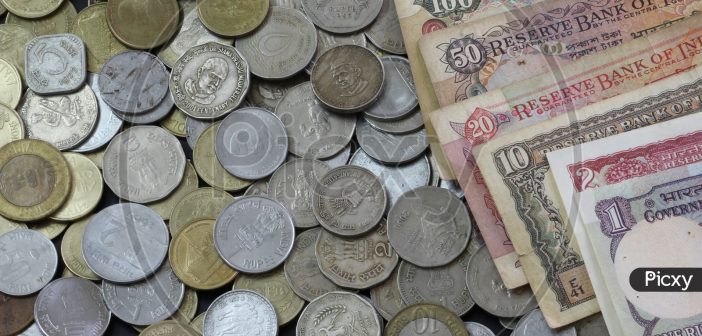The Indian Rupee, a symbol of economic strength and a ubiquitous presence in daily life, boasts a rich history intertwined with the evolution of Indian commerce. But where did this name originate? And what about its smaller companion, the paisa? A journey into the etymology of these terms reveals a fascinating story of trade, empires, and the enduring legacy of Indian currency.
Rupee: A Legacy of Silver
The word “rupee” finds its roots in the Sanskrit term “rūpya,” which translates to “wrought silver.” This connection aligns perfectly with the historical context. Ancient India, a prominent player in global trade, was one of the earliest issuers of coins in the world. Texts like the Arthashastra, written around 300 BCE, mention silver coins as “rūpyarūpa,” indicating a well-established system of monetary exchange.
The immediate precursor to the modern rupee is believed to be the “rupiya,” a silver coin first minted by Sher Shah Suri in the 16th century. Suri, a reformist Afghan emperor, standardized the weight and composition of the rupiya, establishing a system that continued through the Mughal era and beyond. The term “rupiya” itself is likely derived from the same Sanskrit root, “rūpya,” further solidifying the connection between the coin and its silver content.
The Rise and Fall of the Silver Standard
For centuries, the value of the rupee remained tied to its silver content. However, this system faced challenges in the 19th century. The discovery of vast silver deposits elsewhere led to fluctuations in its global price, impacting the stability of the rupee. Furthermore, the rise of the British Raj in India ushered in an era of fluctuating exchange rates with the British pound sterling.
The Shift to a Managed Currency
In the early 20th century, India abandoned the silver standard and adopted a system based on a gold reserve. This move aimed to stabilize the rupee’s value and integrate it more effectively with the global financial system. Despite this shift, the name “rupee” persisted, a testament to its deep historical roots.
The Paisa: A Division of the Rupee
The paisa, a smaller denomination of the rupee, also boasts a rich etymology. The word “paisa” is derived from the Sanskrit term “pāda,” which translates to “foot” or “one-fourth.” This meaning reflects the historical role of the paisa as a subdivision of the rupee. Initially, the rupee was likely divided into four paisas, aligning with the meaning of “pāda.”
Evolution of Coinage
Over time, the number of paisas per rupee might have fluctuated. However, the concept of the paisa as a smaller unit of the rupee remained constant. The coinage system in India has witnessed various changes throughout history, with different denominations of rupees and paisas being minted at different times. Today, the most common paisa denominations are 25 and 50, though 1 paisa coins were also minted in the past.
The Rupee and Paisa in the Digital Age
In the digital age, the rupee and paisa have transcended the realm of physical coins. With the rise of online transactions and mobile wallets, digital versions of these denominations have become the norm. Despite this shift, the terms “rupee” and “paisa” continue to be used, highlighting their enduring legacy in the Indian financial system.
Conclusion
The story of the rupee and the paisa is a journey through centuries of Indian economic history. From their roots in Sanskrit to their digital avatars, these terms represent a symbol of trade, evolution, and the resilience of the Indian currency. As India’s economy continues to grow and transform, the rupee and the paisa are certain to remain at the heart of its financial landscape.






